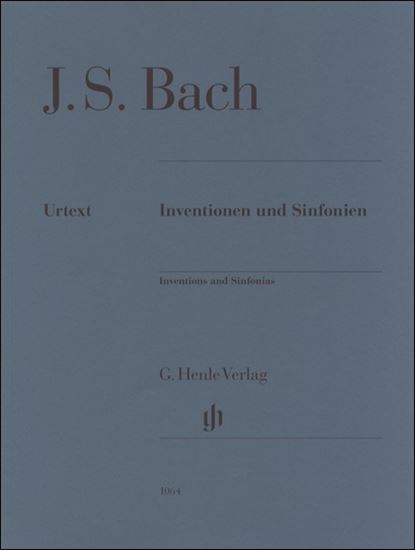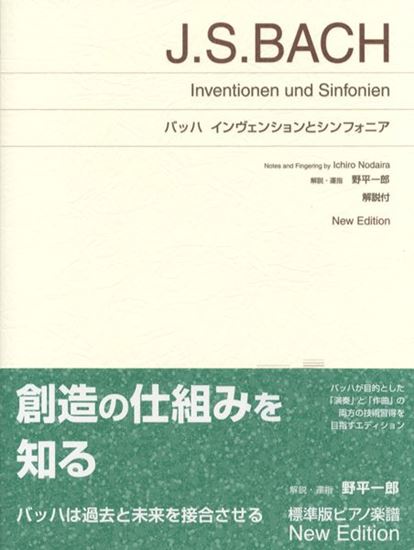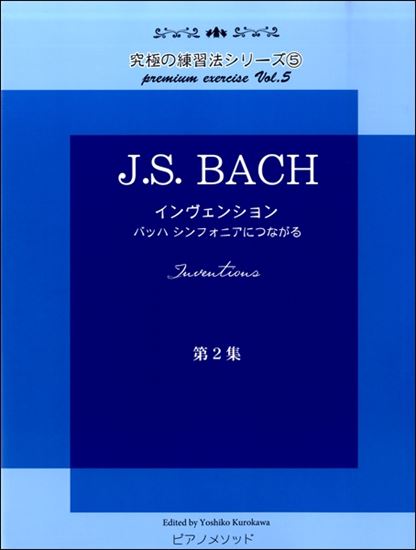Bach, Johann Sebastian : Invention Nr.7 e-moll BWV 778
Work Overview
Genre:pieces
Total Playing Time:1 min 10 sec
Copyright:Public Domain
Commentary (3)
Author : Takamatsu, Yusuke
Last Updated: September 18, 2020
[Open]
Author : Takamatsu, Yusuke
E minor, 4/4 time.
Like No. 1, this piece is constructed through the manipulation of concise motives. The motive presented at the beginning is repeated in various forms, such as being reiterated at different pitches (sequential progression) or used in inversion.
The entire piece consists of three thematic exposition sections. The first exposition section, starting from measure 1, develops through imitation of the theme and sequential progression, concluding with a half cadence in measure 7. In the second exposition section (measures 7-15), the lower voice develops the opening motive, using the dominant of G major as a pedal point. The development continues even after the pedal point, with the first measure of the theme being divided into a first half consisting of sixteenth notes and a second half containing a dotted rhythm, each processed separately. From measure 15 (the third exposition section), the upper voice undergoes free development with the lower voice acting as a pedal point; the lower voice then takes over, preparing the concluding section from measure 20.
Author : Hayashikawa, Takashi
Last Updated: March 15, 2018
[Open]
Author : Hayashikawa, Takashi
a' is the motive in the upper voice on the second beat. Subject c, which appears in the right hand from measure 15 and in the left hand from measure 17, includes the h-a-g-fis-g from the opening subject.
From measure 7 onwards, most of the material functions as a divertimento section; therefore, detailed subdivisions were not indicated.
From the upbeat of the fourth beat of measure 11 to the first beat of measure 12, motive a appears in the lower voice, forming a stretto (where a subject appears in another voice before the previous statement of the subject has concluded).
Score example provided by: Bärenreiter Verlag
Author : Ooi, Kazurou
Last Updated: March 12, 2018
[Open]
Author : Ooi, Kazurou
No. 7 in E minor
The key of E minor, as seen in Bach's works such as the Well-Tempered Clavier, Sinfonias, and Toccatas, possesses a beauty within its seriousness. Considering the number and timing of the trills written in this piece, it can be inferred that it is not a very fast-tempo composition. Furthermore, judging by the abundance of these trills, the piece may also contain improvisational elements. In other words, it can be considered somewhat more improvisational and freer compared to other Inventions.
Similar to No. 4, this piece features long trills in both the left and right hands. These long trills overtly reveal the presence or absence of technique. Instructors, please be very careful when assigning No. 4 or this No. 7 to your students. This is because if these long trills cannot be played quickly, lack evenness, or become inconsistent, the piece becomes very difficult to listen to, potentially leading to a loss of confidence for the student.
Now, regarding the subject of this piece, like other Inventions, it begins on the upbeat. Therefore, the note on the downbeat often serves as the last note of the preceding phrase, and should never be accented. At the beginning, the D# on the first beat of measure 2, on the downbeat, is an example. Similarly, the G on the first beat of measure 3, on the downbeat, is the last note of the phrase from measure 2, and the next phrase begins on the upbeat of the first beat. Always be aware of the beginning and end of phrases.
Melody Line Shaping
Regarding the shaping of the melody line, there are two approaches. Let's take measure 1 as an example. The subject begins on the upbeat of beat 1 and ends on the downbeat of measure 2, but the highest note within this span is F# on beat 4. Setting aside the debate of whether F# is higher or lower than the preceding E, if we assume beat 4 is where the tension is highest, then the path leading up to it becomes a point of discussion.
- One approach is to observe the notes from the upbeat of beat 1 to the last note of beat 2, revealing a scale of B A G F# E. In this view, the final E gradually descends from B, becoming p.
- The other approach is to crescendo towards beat 4, increasing the tension, regardless of whether beats 1-2 are descending.
Neither is right nor wrong, so you should choose the one that feels right to you.
Further Considerations
Now, the first note in the right hand of measure 2, D#, is the end note of the subject from measure 1. After playing this D#, it is up to you whether to create a break before playing the next F#, or to proceed to F# without a break.
Another point of discussion concerns the long trill beginning on beat 3 of measure 15. Beat 3 of measure 15 is clearly where the tension is highest, so forte would be appropriate. From there, one could gradually descend through the sequence, applying a diminuendo towards beat 3 of measure 17. The choice here is the pedaling. Applying some pedal from beat 3 of measure 15 can add dramatic depth. On the other hand, it can create muddiness. If I, as the author, were performing this in a concert, I would undoubtedly use a little pedal for effect, but I would hesitate if I were preparing a student for a competition. How do you feel about this?
PTNA & Partner Channel Videos(6items)
Sheet MusicView More
Scores List (35)

カワイ出版

(株)ヤマハミュージックエンタテインメントホールディングス
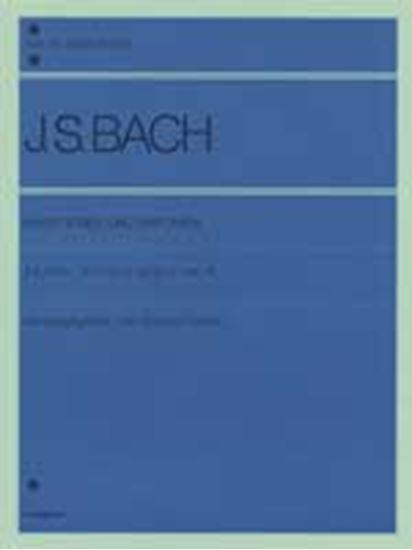
(株)全音楽譜出版社
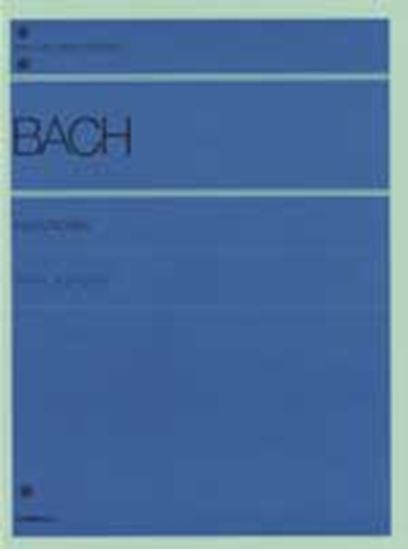
(株)全音楽譜出版社

(株)ドレミ楽譜出版社

(株)音楽之友社

(株)全音楽譜出版社

(株)音楽之友社

(株)音楽之友社

(株)ドレミ楽譜出版社

(株)ドレミ楽譜出版社

(株)ドレミ楽譜出版社

(株)ドレミ楽譜出版社

カワイ出版

(株)渓水社

(株)音楽之友社

(株)全音楽譜出版社

(株)エー・ティ・エヌ

(株)全音楽譜出版社

カワイ出版

(株)音楽之友社

(株)音楽之友社

(株)ヤマハミュージックエンタテインメントホールディングス

Neil A. Kjos Music Company









